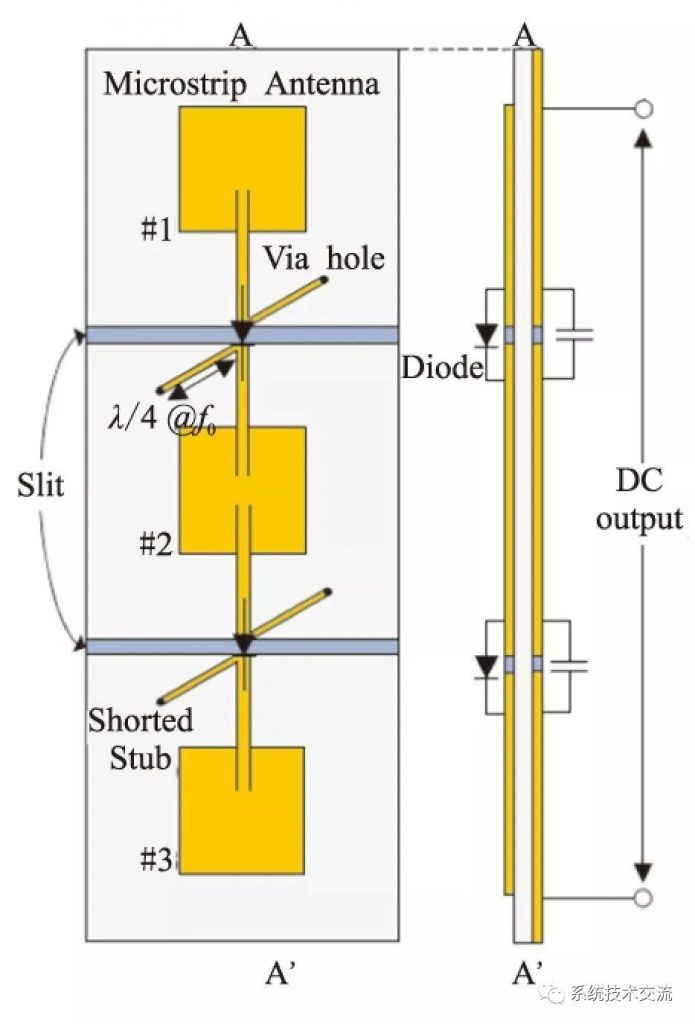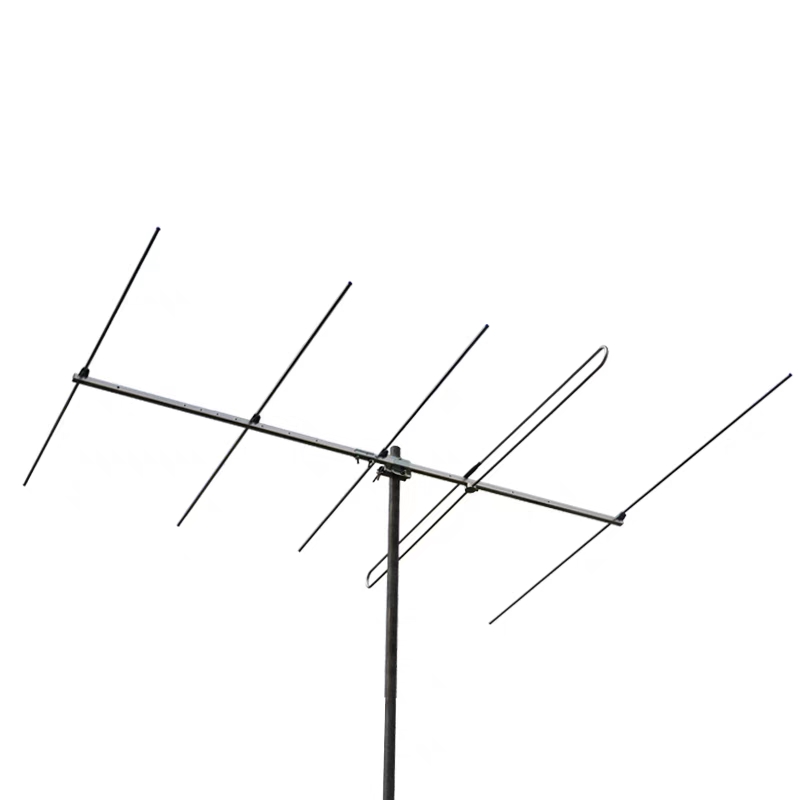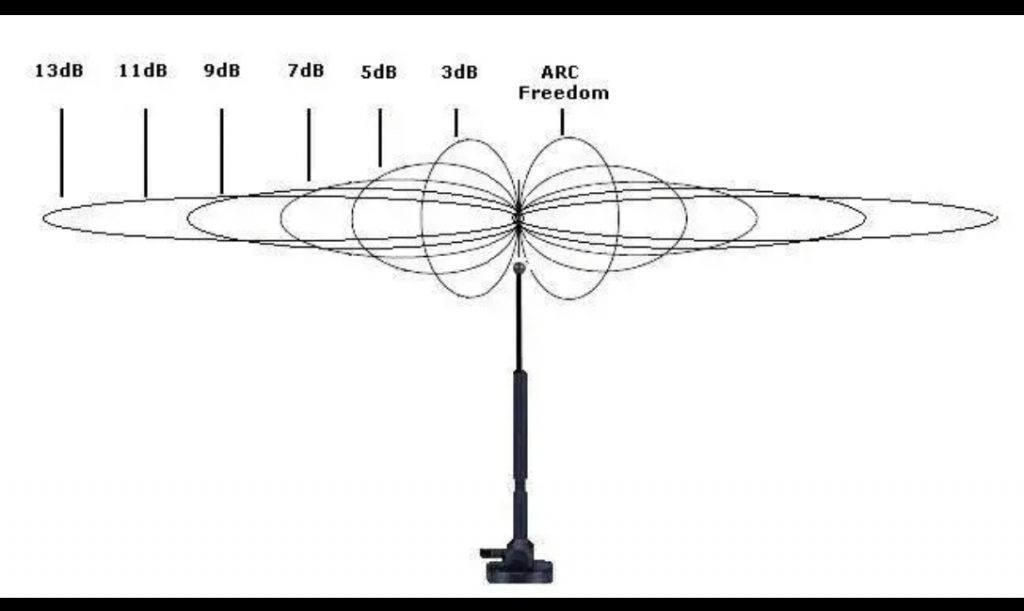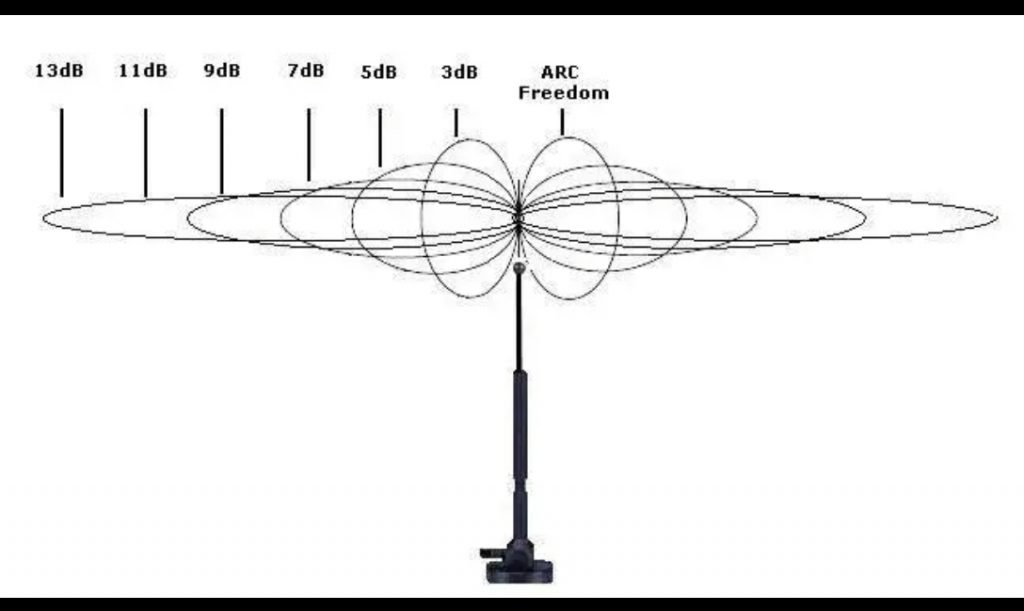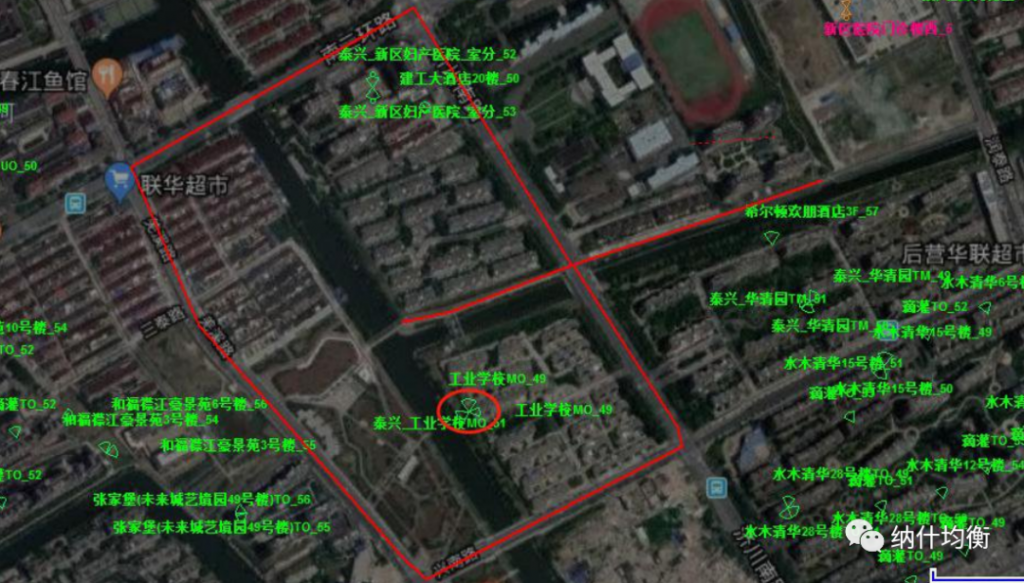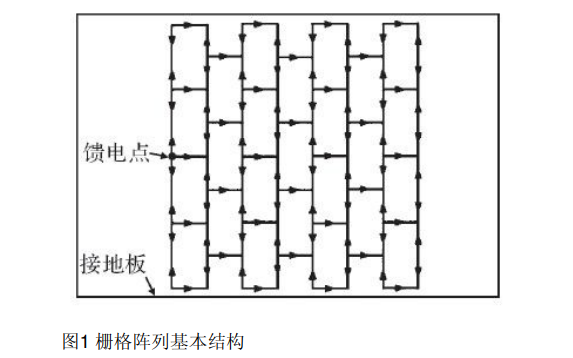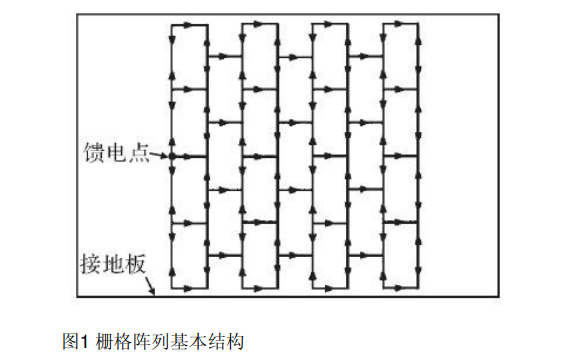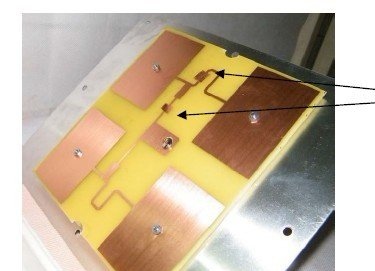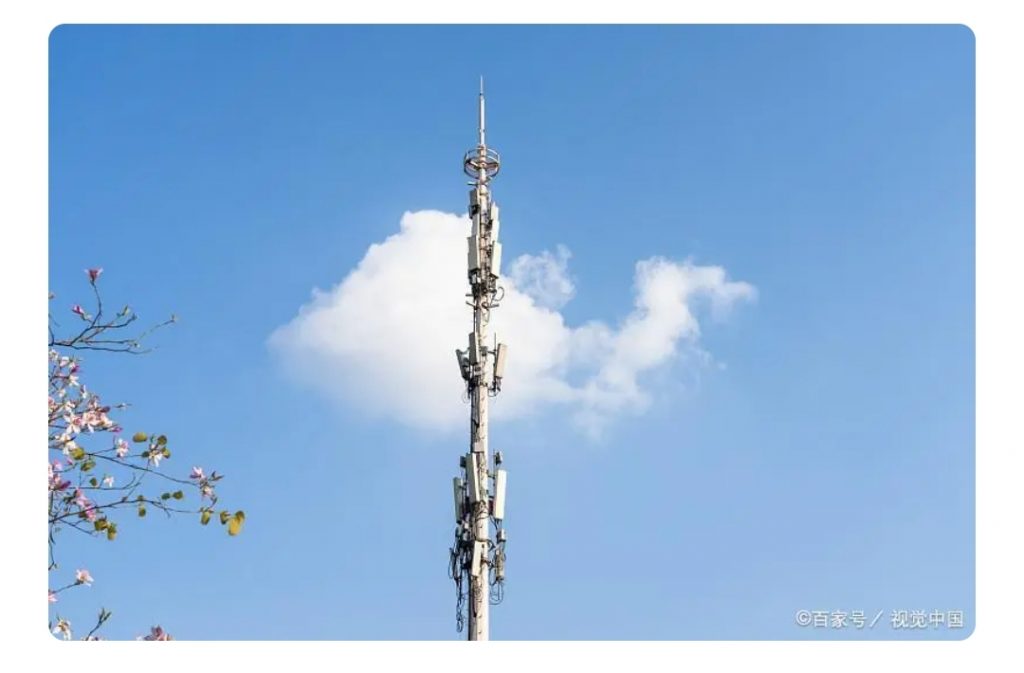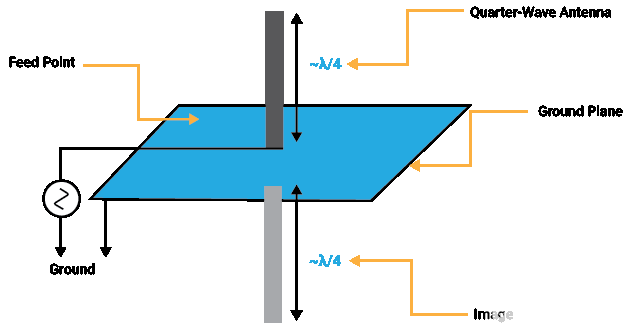Antenna gain is a very important part of the antenna knowledge structure, and of course it is also one of the important parameters for selecting an antenna. Antenna gain also plays an important role in the operation quality of the communication system. Generally speaking, the improvement of gain mainly depends on reducing the beam width of the vertical radiation, while maintaining the omnidirectional radiation performance in the horizontal plane.
radio waves
The definition of antenna gain is: the ratio of the radiated power flux density of the antenna in a specified direction to the maximum radiated power flux density of the reference antenna at the same input power.
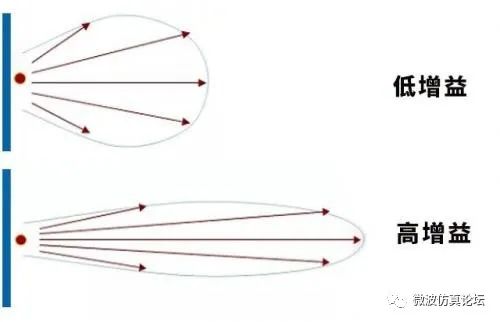
radio waves
Three points to note
One: Unless otherwise specified, the antenna gain refers to the gain in the maximum radiation direction;
Two: Under the same conditions, the higher the gain, the better the directivity, and the farther the distance of radio wave propagation, that is, the increased distance covered. However, the width of the wave velocity will not be compressed, and the narrower the wave lobe, the worse the uniformity of coverage.
Three: The antenna is a passive device and will not increase the power of the signal. The antenna gain is often said to be relative to a certain reference antenna. Antenna gain is simply the ability to efficiently concentrate energy to radiate or receive electromagnetic waves in a particular direction.
radio waves
The antenna gain is closely related to the antenna pattern, the narrower the main lobe and the smaller the side lobe, the higher the gain. Below we summarize some calculation formulas according to different types of antennas for reference.
parabolic antenna

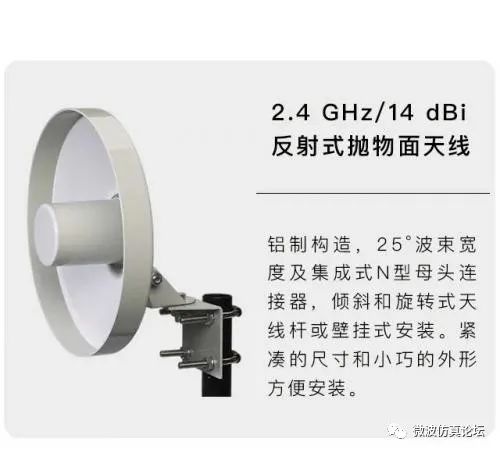
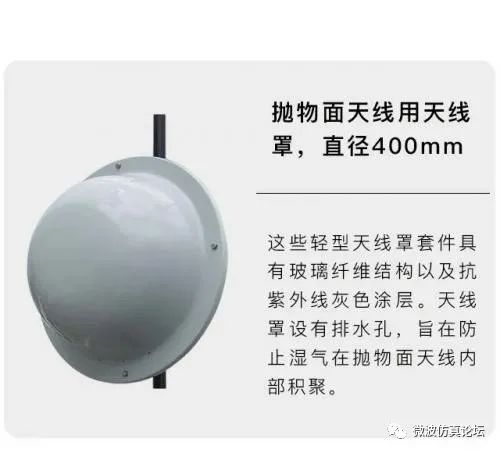
radio waves
radio waves
radio waves
Its gain can be approximated by the following formula:
G(dBi) = 10Lg{4.5×(D/λ0)^2}
Notice
D: Paraboloid diameter
λ0: central working wavelength
4.5: Statistical empirical data
Vertical Omnidirectional Antenna
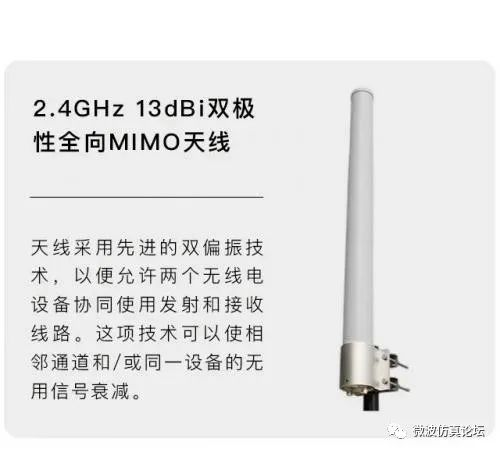
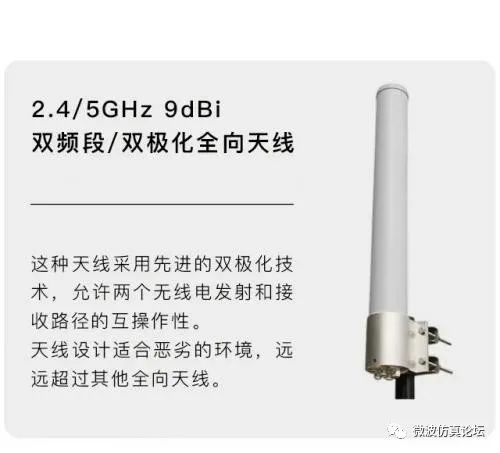

radio waves
radio waves
radio waves
Its gain can be approximated by the following formula:
G(dBi)=10Lg{2L/λ0}
Notice
L: antenna length
λ0: central working wavelength
general antenna
Its gain can be approximated by the following formula:
G(dBi)=10Lg{32000/(2θ3dB, E×2θ3dB, H)}
Notice
In the formula, 2θ3dB,E and 2θ3dB,H are the half-power (3dB) lobe width of the antenna on the two main planes (E plane and H plane) respectively; 32000 is the statistical empirical data.
radio waves
The radio frequency signal output by the radio transmitter is sent to the antenna through the feeder (cable), and is radiated by the antenna in the form of electromagnetic waves. After the electromagnetic wave reaches the receiving location, it is received by the antenna (only a small part of the power is received), and sent to the radio receiver through the feeder. Therefore, in wireless network engineering, it is very important to calculate the transmitting power of the transmitting device and the radiation capability of the antenna.
The transmitted power of radio waves refers to the energy within a given frequency range, and there are usually two measures or measurement standards:
Power (W)
Relative to 1 Watts (Watts) linear level.
Gain (dBm)
Relative to the proportional level of 1 milliwatt (Milliwatt).
The two expressions can be converted to each other:
dBm = 10 x log[power mW]
mW = 10^[Gain dBm / 10 dBm]
In wireless systems, antennas are used to convert current waves into electromagnetic waves. During the conversion process, the transmitted and received signals can also be “amplified”. The measure of this energy amplification is called “Gain”. Antenna gain is measured in “dBi”.
Since the electromagnetic wave energy in the wireless system is generated by the amplification and superposition of the transmitting energy of the transmitting device and the antenna, it is best to measure the transmitting energy with the same measurement-gain (dB), for example, the power of the transmitting device is 100mW, or 20dBm; the antenna The gain is 10dBi, then:
Transmitting total energy = transmitting power (dBm) + antenna gain (dBi)
= 20dBm + 10dBi
= 30dBm
Or: = 1000mW = 1W

radio waves
radio waves
Flatten the “tire”, the more concentrated the signal, the greater the gain, the larger the antenna size, and the narrower the beam bandwidth.
The test equipment is signal source, spectrum analyzer or other signal receiving equipment and point source radiator.
First use an ideal (approximately ideal) point source radiation antenna to add a power; then use a spectrum analyzer or a receiving device to test the received power at a certain distance from the antenna. The measured received power is P1;
Replace the antenna under test, add the same power, repeat the above test at the same position, and the measured received power is P2;
Calculate the gain: G=10Log(P2/P1)——In this way, the gain of the antenna is obtained.
1 minute “antenna gain” summary
One: The antenna is a passive device and cannot generate energy. Antenna gain is simply the ability to efficiently concentrate energy to radiate or receive electromagnetic waves in a particular direction.
Two: The gain of the antenna is generated by the superposition of the vibrator. The higher the gain, the longer the antenna length. The gain is increased by 3dB and the volume is doubled.
Three: The higher the antenna gain, the better the directivity, the more concentrated the energy, and the narrower the lobes.
